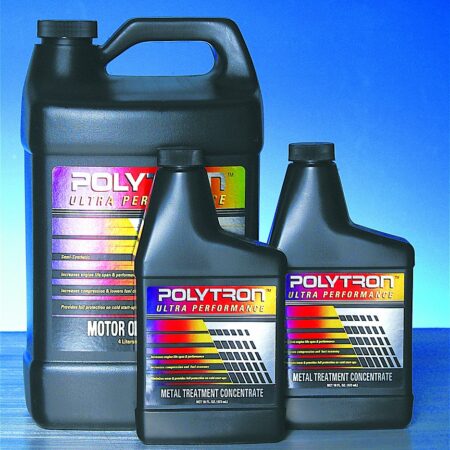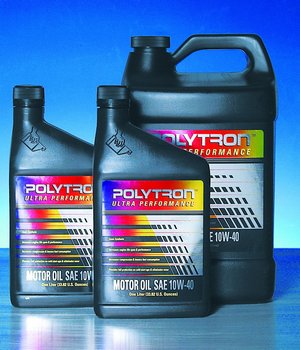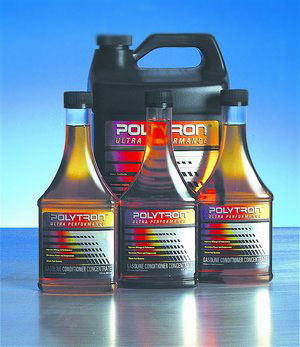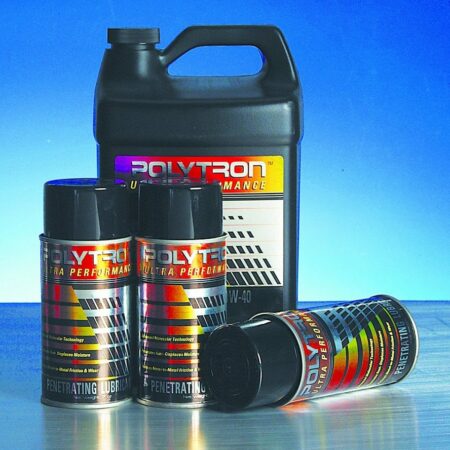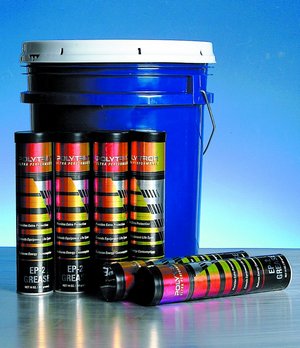Mystery of W
In this blog, I want to go over a few related topics. First, I want to answer what “W” stands for in oil type. Then, I want to go over how they are categorized and their effectiveness.
Ever wonder what “W” stands for on an oil label, like 10W-30? Let me change up the question. If I ask you, “what does ‘W’ stand for on an oil label,” how will you answer? More often than not, the “W” is mistaken for “weight.” Weight for oil, as most commonly thought. In fact, we receive many inquiries regarding if Polytron MTC will mix with “10 weight oil” and such. Admittedly, I, too, am guilty for using such phrases, as it is so commonly used in the general public and, of course, doesn’t the “Weight” start with a “W” anyways? Let’s go over how oil types are classified.
Short Answer: W stands for Winter
“W” stands for “winter.” When oil grades are hyphenated (i.e. 10W-30), this indicates range of viscosity attainable with this particular oil, namely it behaves like 10 weight oil (less viscous) when it is cold or “winter” and thanks to viscosity modifiers (manufacturer added oil additives), it will behave like 30 weight oil (more viscous) when hot.
Long Answer:
Single-grade Oil
Continuing the discussion from short answer above, Society of Automotive Engineers, or SAE, has successfully deployed motor oil grading system, which we all use universally. The confusion of using “weight” all started from SAE J300 designation rules for single-grade oil. Often, single-grade oil is used in industrial applications where temperature does not vary significantly or for specialty uses, including certain classic cars, air compressors, and lawnmowers. According to the definition SAE J300, there are 11 single-grade oil types available: 0W, 5W, 10W, 15W, 20W, 25W, 20, 30, 40, 50, and 60. All the numerical values are correctly referred to as “weight” or “straight-weight” oils. It is correct to say 20 weight oil for 20; 5W shall be called 5 weight winter-grade oil. Yes, that W remains “winter” no matter what.
Multi-grade Oil
So what is the difference between single-grade and multi-grade oil? Single-grade oil worked great when the application did not demand for wide temperature ranges, like cars. An engine from an automobile will see extreme temperature change. If you live in Kodiak, Alaska, and start your car, the engine may be at -30F, so is the motor oil inside. When you drive down to a store, thanks to thermostat and combustion heating, the engine might warm to 180F, so does the oil inside. That is 210F change in temperature! As you can see, if single-grade oil was used in such application that was designed to perform only at -30F, engine will likely to seize or detrimental wear could occur at 210F, and vice versa, assuming no Polytron MTC oil additive has been applied.
Multi-grade is then, simply, advanced motor oil that can transform the viscosity depending on the operating temperature to most optimally run your engine. You would want low viscosity (easy to flow, like water) when you are cold, and higher viscosity (hard to flow, like honey) when you are hot. The effect of such abilities come from specialized polymer additives called Viscosity Index Improvers (VIIs), added at motor oil manufacturer. Note that viscosity of different grades varies logarithmic with temperature, that is, change in viscosity is 10 times more than change in temperature. This is getting bit too long now, so I will stop here. Well, with little more fun stuff!
Fun facts:
- It is possible to make multi-grade oil without VIIs. If this happens, it is allowed to be sold as either single-grade extremes, such as 20W-20 without VII, can be sold as 20W single-grade or 20 weight single-grade.
- Motor oil grades are NOT same as gear and axle oil grades! SAE J306 defines the gear oil grades differently, and therefore higher number oils, like 75W-140, does not imply it is more viscous than motor oil because they are on different scales!
- Polytron MTC is premixed with 10W-30; one of the most common motor oil to mix efficiently with your main oil. We also produces Full-synthetic and Semi-synthetic motor oil with Polytron mixed in.


